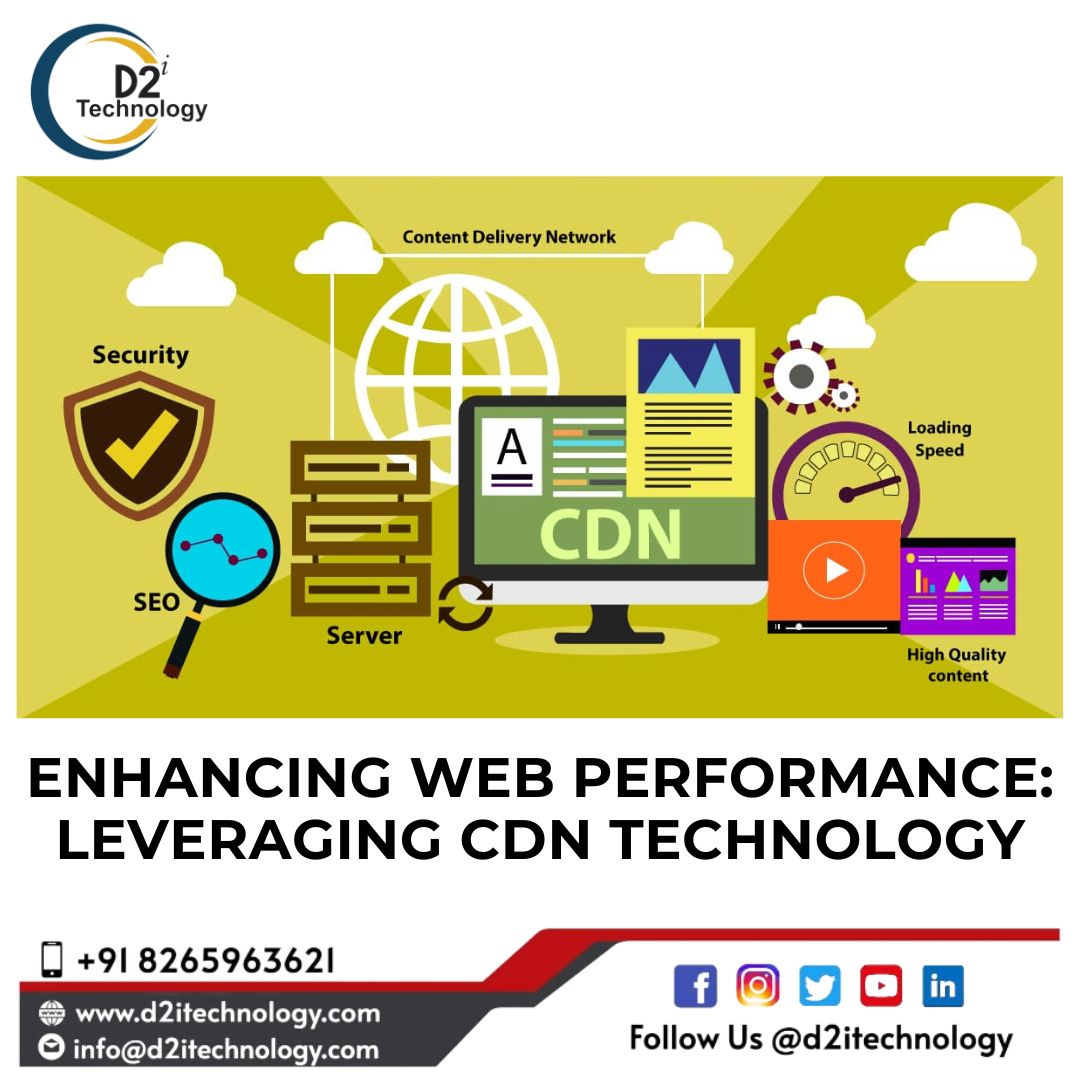- CDN Technology
- April 24, 2024
- admin
Enhancing Web Performance: Leveraging CDN Technology

In today’s fast-paced digital landscape, optimizing web performance is crucial for ensuring a seamless user experience and improving overall business outcomes. Content Delivery Networks (CDNs) have emerged as a powerful solution to address the challenges associated with delivering content quickly and reliably to users across the globe.
Why CDNs Matter?
CDNs work by distributing content across a network of servers strategically located in various geographic locations. When a user requests content, the CDN serves it from the server nearest to the user’s location, reducing latency and minimizing the time it takes to load web pages. This not only improves website speed but also enhances reliability and scalability, especially during traffic spikes and high-demand periods.
Key Benefits of CDN Technology:
- Faster Page Load Times: By caching content closer to end-users, CDNs significantly reduce latency, resulting in faster page load times and improved performance metrics.
- Global Reach: CDNs have a distributed network infrastructure, allowing businesses to reach users worldwide with minimal latency and consistent performance.
- Improved Security: Many CDNs offer security features such as DDoS protection, SSL/TLS encryption, and web application firewalls, helping mitigate security threats and safeguard sensitive data.
- Scalability: CDNs are designed to handle high volumes of traffic, making them ideal for websites and applications experiencing rapid growth or fluctuating demand.
- Cost Efficiency: By offloading bandwidth and reducing server load, CDNs can help lower hosting costs and optimize resource utilization.
Implementing CDN for Your Website:
Integrating a CDN into your web infrastructure is a relatively straightforward process:
- Selecting a CDN Provider: Evaluate different CDN providers based on factors such as network coverage, performance, security features, pricing, and customer support.
- Configuration and Setup: Once you’ve chosen a CDN provider, configure your website to route traffic through the CDN network. This typically involves updating DNS settings and implementing CDN-specific configurations.
- Testing and Optimization: Conduct thorough testing to ensure that the CDN is effectively delivering content and improving performance. Monitor key metrics such as page load times, server response times, and caching efficiency, and make adjustments as needed to optimize performance further.
Conclusion
In an increasingly digital world where user experience is paramount, leveraging CDN technology is essential for organizations looking to stay competitive and meet the demands of modern web users. By enhancing web performance, improving reliability, and enhancing security, CDNs enable businesses to deliver faster, more responsive, and more secure web experiences to their users, ultimately driving greater engagement, satisfaction, and business success.
Latest News

Transform Your Business with Top Web Development
June 30, 2025

Steps to Optimize Your Manual Testing Process
June 16, 2025
Category
- Accessibility Services (19)
- Accessibility Testing (6)
- Application Development (5)
- Automation Testing (4)
- CDN Technology (1)
- Developer Tools (5)
- DevOps (28)
- DevOps Consulting Companies (2)
- DevOps Services (2)
- Digital Marketing (5)
- Game Testing (1)
- IT Services (8)
- Manual Testing (6)
- Mobile Development (4)
- Operating Systems (2)
- SecOps (1)
- Security (1)
- Software Development (2)
- Software Quality (2)
- Software Testing Companies (1)
- Testing (1)
- Uncategorized (4)
- Web Application (2)
- Web Designing (3)
- Web Development (6)
- Web Development Companies (6)
- Website Accessibility (16)
- Website Services (3)
- WordPress (2)
